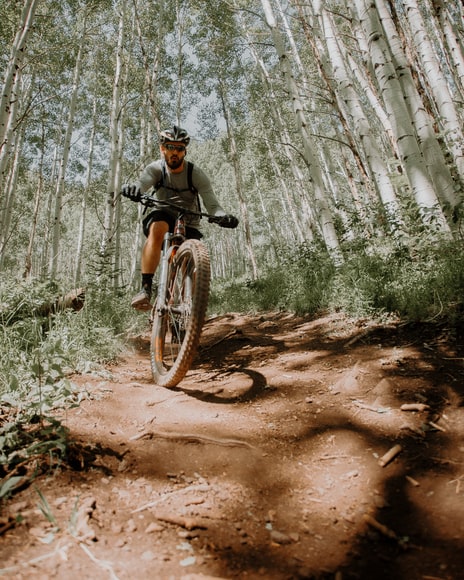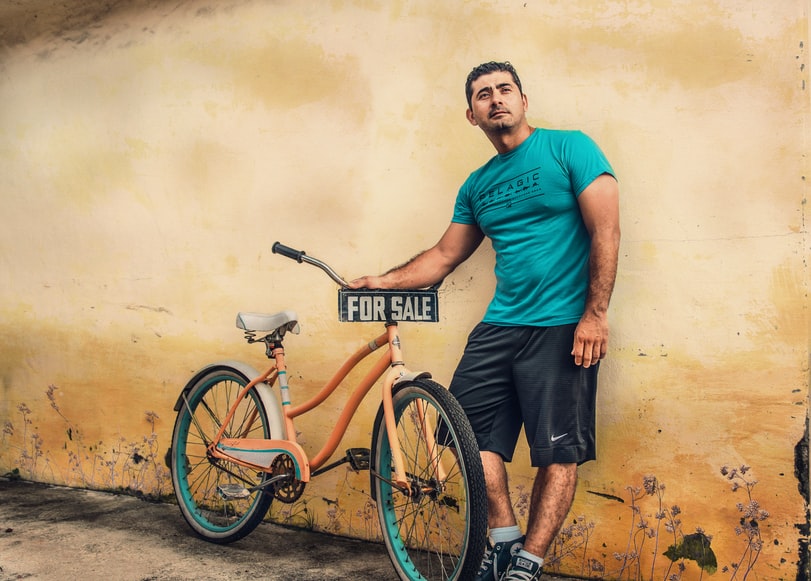Cycling, often known as biking or bicycling, is riding a bicycle for transportation, leisure, or sport. Cycling is not only highly efficient, but it is also typically inexpensive, and regardless of how your bike, you will be exercising while saving money. Aside from the financial advantages, cycling is a simple sport to learn. This activity has a specialized store in even the most ordinary places, from riding a bicycle to finding the equipment you need.
Cycling is a sport that engages the entire body; every muscle in your body is involved while you cycle. Your leg muscles are working overtime to keep you moving at a high rate, while your arms and body are swinging in tandem to give you the most aerodynamic push imaginable. The way you position yourself on the bicycle causes your back muscles to extend out in a static stretch. In a nutshell, this pastime is unique in that it requires your body to perform all of the necessary exercises to keep healthy.
Cycling Details
| Category: Automobiles Model, Competition, Nature, Outdoors, Physical, Social, Sports | Time: 1-2 hrs | Skill: Some |
| Initial Cost: $$ (51-100) | Space: some | People: alone, large, small |
| Long-Term Cost: Low | Makes Money: No | Location: outdoor |
Who enjoys this hobby?
Cycling is a sport that virtually anybody can enjoy, regardless of age or physical ability. On a tight dirt track, you may enjoy a heart-pounding downhill ride. You could, on the other hand, want to hit the open road. Cycling, in any case, provides fun, exercise, and a convenient method to move around town.
Group rides are an excellent method to prepare for cycling races. Club rides, pick-up rides, and shop-hosted rides are all possibilities for group rides, with many of them providing rider groups of varying abilities. A beginner group with a leader to assist with skills is an excellent way to get group riding. If you join a club, you will run in races under the club’s name and access the team kit. Pick-up rides are less organized, with some access to the public and others just open to those who have been invited.
Techniques for biking
Cycling techniques differ considerably depending on the sort of cycling.
Sprint cycling is similar to sprint running in that it involves a lot of muscle activity. To do this, you’ll need strong leg and thigh muscles to apply a lot of pressure to the bicycle pedals and start them moving quickly.
Power isn’t as crucial in distance cycling as it is in sprinting, and neither is technique. The most important characteristic for a distance cyclist is endurance, so many elite distance riders spend multiple hours each day performing endurance leg exercises.
Equipment
Cycling, like many other sports, is heavily reliant on its equipment. You don’t need a lot of expensive equipment to get started, but you do need the following items for your health and well-being:
- Helmet Whether or whether it is required by local law, never ride without one. Wearing it can save your life, or at the very least, help you distinguish between a terrible headache and a severe brain injury. Make sure the helmet is comfortable.
- Get a water bottle with a cage that you can connect to your bike. Regular bottles, by the way, will not fit in this cage. A hydration backpack is another option. Hydration tools are only necessary after you start cycling for more than an hour, but it’s always nice to have one on hand. Even if you don’t plan on drinking the water, the water will come in helpful in cleaning off the road grime.
- Pump – If you have a flat or a slow leak, you’ll need a portable pump that you can attach to your bike. You don’t even have to walk your bike back to your house. A floor pump is helpful to have at home for simpler pumping, but it isn’t required.
- A basic repair kit would have a patch kit, a spare inner tube, two tire levers, and a multi-tool bike, all in a compact bag that connects to the bike.
- Gloves – They cushion the impact of the handles, but more significantly, they protect your palms if you crash.
- Glasses – For some, glasses are a must-have accessory. These protect your eyes from insects and other debris.
- Shoes/pedals – Using your up-stroke and your down-stroke is the most effective pedal technique (pulling the pedals up and pushing them down). Of course, you’ll need cage pedals or pedals that lock into your cycling shoes to accomplish this. Of course, you’d need special footwear for that.
- Lights – These are required if you ride after dark or are delayed and find yourself out after dark.
- Racks – If you want to haul anything on your bike, you’ll need these. For traveling or commuting, there are a variety of racks and bicycle bags available.
- Reflectors- Place reflectors on both sides of your pedals, in the read wheel cover, and wherever else you see fit. They will provide other cars a half second’s notice, which is critical on the road.
- Choose a bike with gears since they assist you in dragging on uphills, controlling your bike better on downhills, and dragging home when you are weary.
Cost of biking as a hobby
There is no need to break the bank on a new setup if you’re a novice. All you need to start riding is a bike. A new bicycle might cost upwards of $10,000 or as little as $200 or even less. It all depends on your financial situation.
You may save more money by purchasing a secondhand bicycle. You may find excellent secondhand bicycles for less than $200 if you do some investigation. A bike like that will suit you well if you want to ride modestly.
Even if you want to ride every day, a quality new entry-level bicycle generally costs between $500 and $1,000, which will provide you with more than enough components and technology to keep you going for a long time. Everything you pay on top of that is a bonus.
Safety
While on the road, be cautious at all times. Do not take risks, do not demand the right of way, do not obstruct traffic, and be as noticeable and visible as possible at all times. You can be more aware of the most prevalent causes of accidents if you know the following: Intersections, opening car doors, being sideswiped by a vehicle (yield to the crazy auto drivers and wear bright clothes for greater visibility).
How to make it profitable?
Because no one dislikes a little more cash, this is a fantastic method to get it. And, while most people have been commuting to work on bicycles, there is much more to it than just saving money on transportation.
Working as a fleet biker, starting a cycling blog/vlog, bike messenger, and applications that pay you to cycle are some of the most established and dependable methods for producing with your bike.


